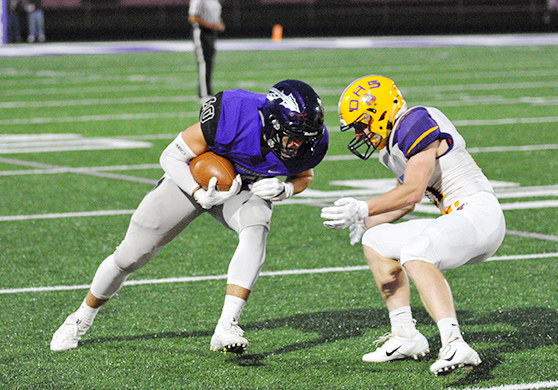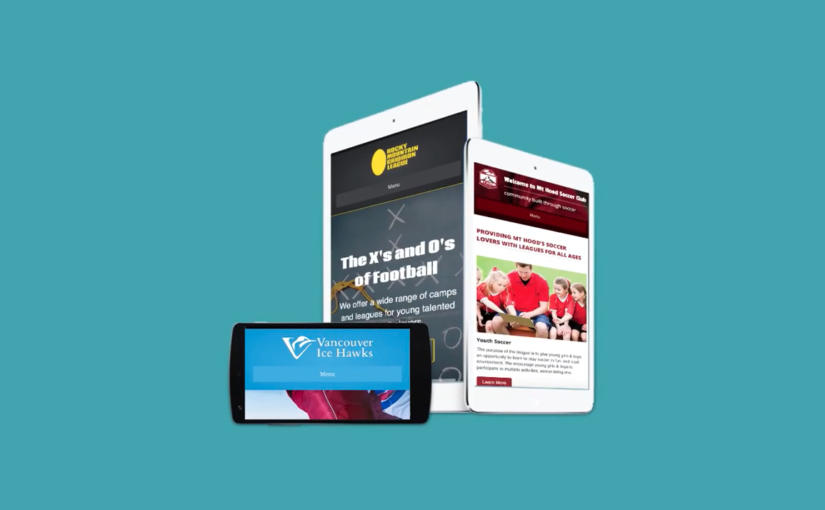Could A Mascot Drive Revenue At U Of Michigan?
When a reporter asked U-M athletic director Dave Brandon that question in June, Brandon said he was interested in creating one. The story drew national headlines and alums the world over called, wrote and sent smoke signals to the athletic department to say that Michigan simply does not do mascots.
(Which is to ignore that Fielding Yost, the former head football coach and athletic director, and a man as responsible as anyone for the Michigan tradition, actually did introduce a mascot — a live wolverine — in 1927 when Michigan Stadium was dedicated. The idea that Michigan-doesn’t-do-mascots is more myth than history.)
In Brandon’s mind, the history of the Michigan brand was secure. He was more concerned with building its future. When Michigan State or Penn State plays Michigan, Brandon lamented, little Michigan fans line up to get their pictures taken with Sparty or with the Nittany Lion. But you can’t hug a block M.
A Michigan mascot could’ve provided a new revenue stream for the athletic department, if the mascot were dispatched to birthday parties and weddings and such like Brutus The Buckeye, the Ohio State mascot, has been used.
After the outcry from Michigan fans and alums, Brandon walked back his interest in a mascot, telling subsequent media that no plans were imminent, telling fans to relax via Twitter and email. We haven’t heard anything different since.
The tricky part in creating a Michigan mascot, Brandon said at the time, is finding a design that the fanbase can live with. The Detroit News went so far as to hold a create-a-mascot contest, allowing readers to design a mascot, with game tickets awarded to the best design.
But last week a book publisher from Virginia took the mascot-creation business a step further by offering two designs to the University of Michigan, should it decide to create a mascot.
In an open letter to Brandon, Naren Aryal, CEO of Mascot Books, a children’s book publisher out of Herndon, Virginia, offers two mascot designs to Michigan, along with the offer to assign all intellectual property rights to U-M at no cost.
“We’ve taken the liberty of creating two mascots for Michigan’s consideration,” Aryal wrote. “The first option is not a wolverine, but an extremely cute blue monster,” Aryal explains. “Some of the most popular mascots aren’t actual animals, but rather “things,” like Wally the Green Monster (Red Sox), Philly Phanatic (Phillies), or Big Red (Western Kentucky). Continued…
“The second option,” Aryal continues, “is a wolverine. He’s fierce, yet approachable. I can just see him standing toe-to-toe with Sparty.”
Why Michigan? Because of Brandon’s expressed interest in a mascot, said Josh Patrick, director of sales for Mascot Books.
Why now? Because Michigan is set to square off against Virginia Tech in the BCS Sugar Bowl on Tuesday, Jan. 3. It’s not just the profile of the game that has Mascot Books thinking Michigan, but the opponent.
“We’re big Hokie fans down here,” Aryal said. Mascot Books actually got its start in 2003 after a trip to a Virginia Tech football game. Its first title, self-published, was called “Hello, Hokie Bird,” and revolved around the Virginia Tech mascot.
The Aryals had taken their daughter, who was 2 at the time, to a Virginia Tech game. She loved everything about the experience — the marching bands, the cheerleaders, the pageantry — except the game itself, Aryal said.
“She wanted something to read about Hokie Bird, and it didn’t exist,” Aryal recalled. “So we had to create it.”
It took only “a couple of hours” to write that first book, Aryal said.
Within a year, the company had published 45 more books. By this point it has published more than 400 books, has 8 employees, and carries titles on more than 100 colleges, including Michigan State, Notre Dame and Alabama. Mascot Books also has an authors program allowing fans with a cheering interest to write a mascot-involved tale, without the headache of locating an illustrator or going through the licensing process.
Mascot has published a Michigan-themed book, “Let’s Go Blue,” but it features no mascot, just some buddies on their way to a home game. It is currently sold out, Patrick said, but Aryal said that the company’s Michigan State books, featuring Sparty, are much better sellers.
“Kids really like books featuring a mascot,” Aryal said. Continued…
Like Brandon, Aryal sees a mascot as a means of connecting with younger fans, such as his daughter. But if children are excited by the idea of a mascot at Michigan, the adult response hasn’t been quite so positive.
A reporter pointed out that the “0” jersey number on the drafted mascots looked unfortunately similar to Ohio State’s block O.
Hardcore Michigan fans will also note that the “Blue Monster” design looks very similar to the fake Michigan mascot that Michigan State trotted out in 2003, to the horror of Michigan fans everywhere.
Adults in focus groups gravitate toward the wolverine design, Aryal said. Children prefer the blue monster.
Why fix what so few Michigan fans consider broken? College football’s biggest arena, Michigan Stadium, remains filled for every home game, and each year little Wolverine fans grow up into big Wolverine fans, without the help of a mascot.
“Michigan is a great program, a great school, a great tradition — but that doesn’t necessarily carry over to the younger set,” Aryal said.
“Over the years we’ve gotten to know the power of mascots.”







